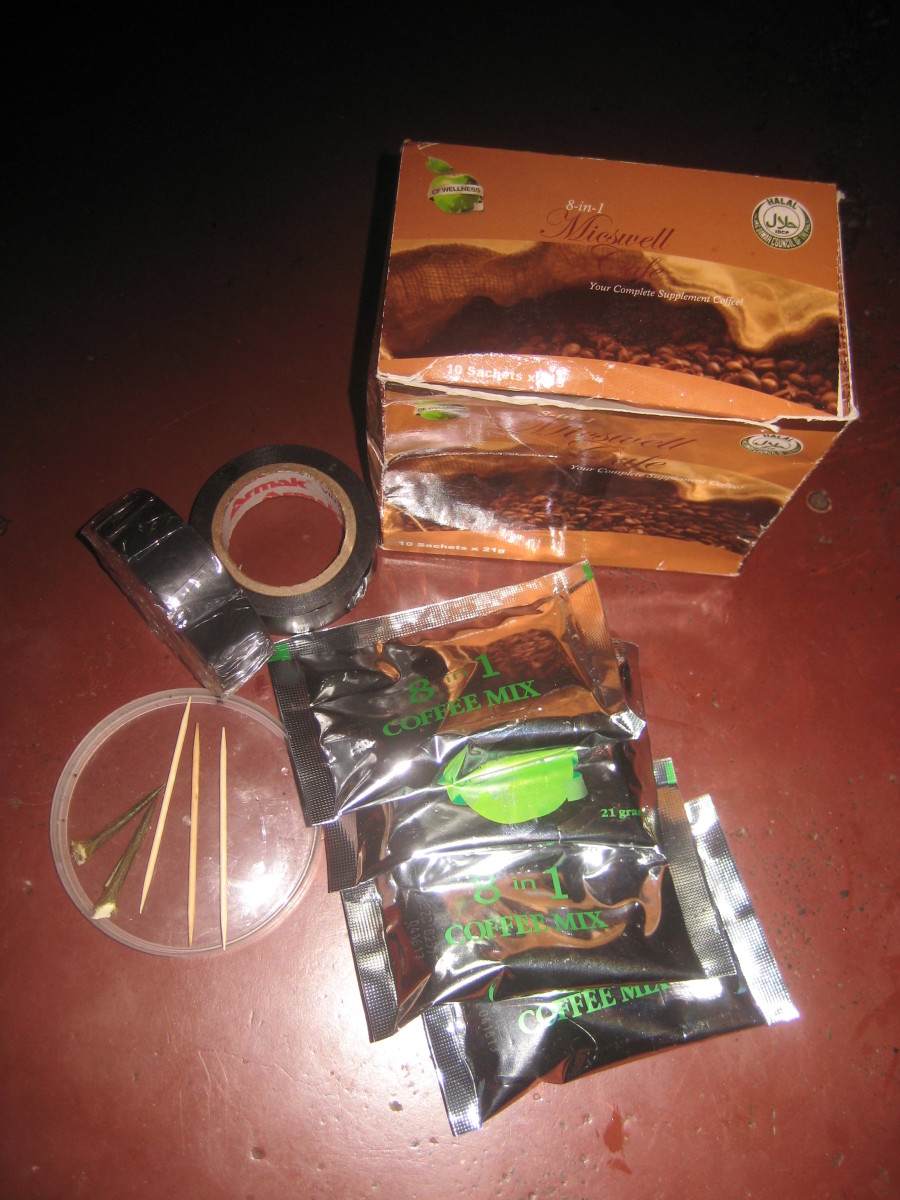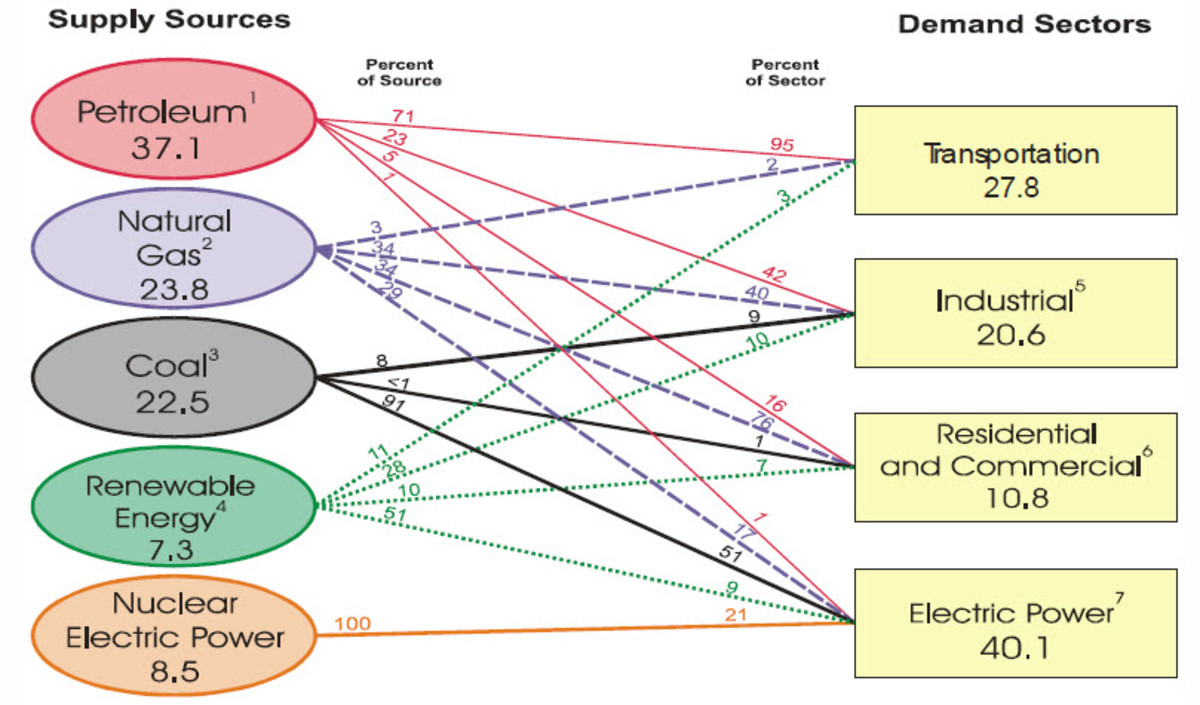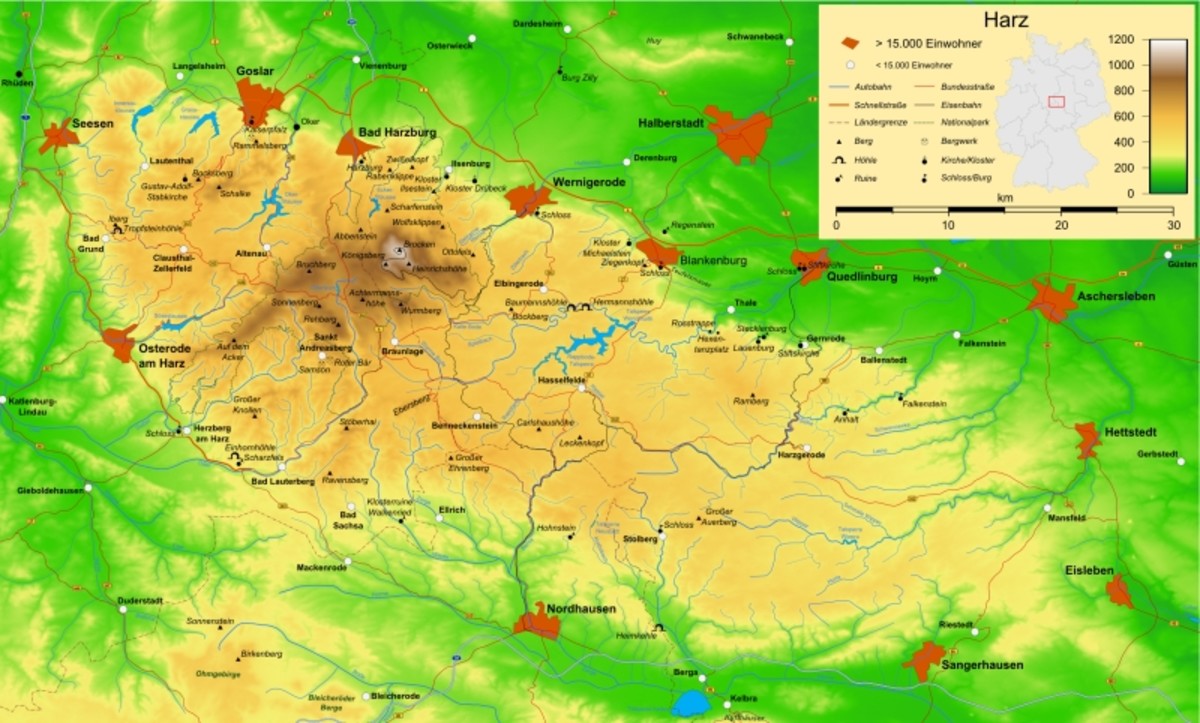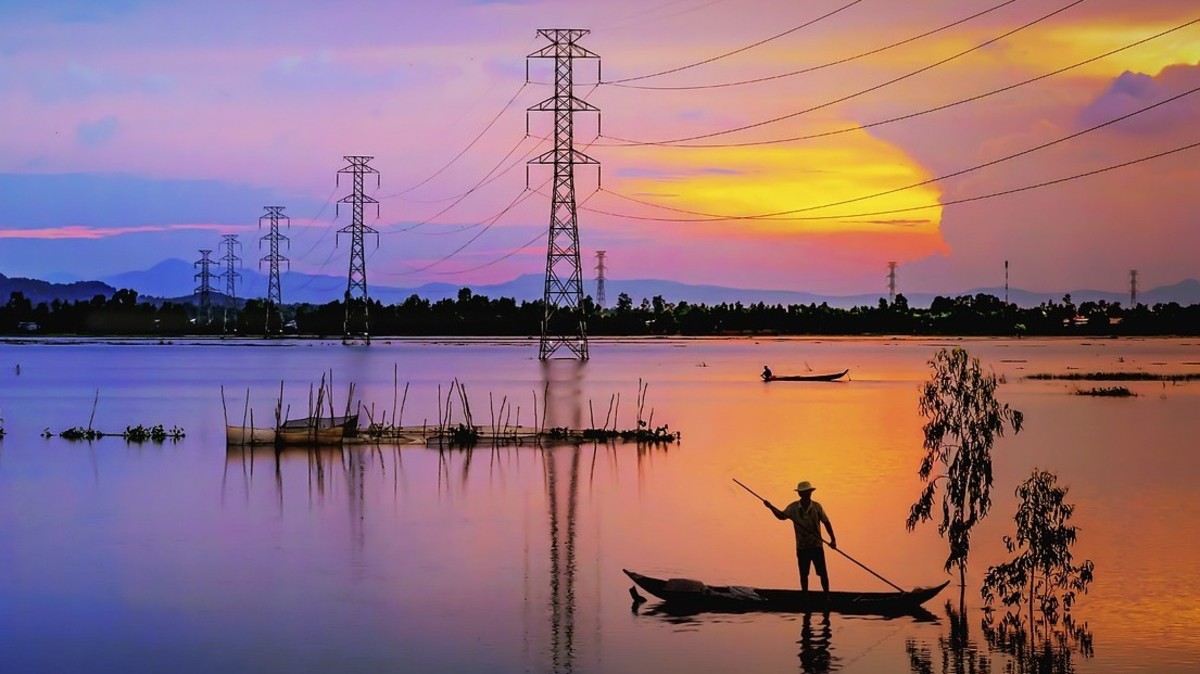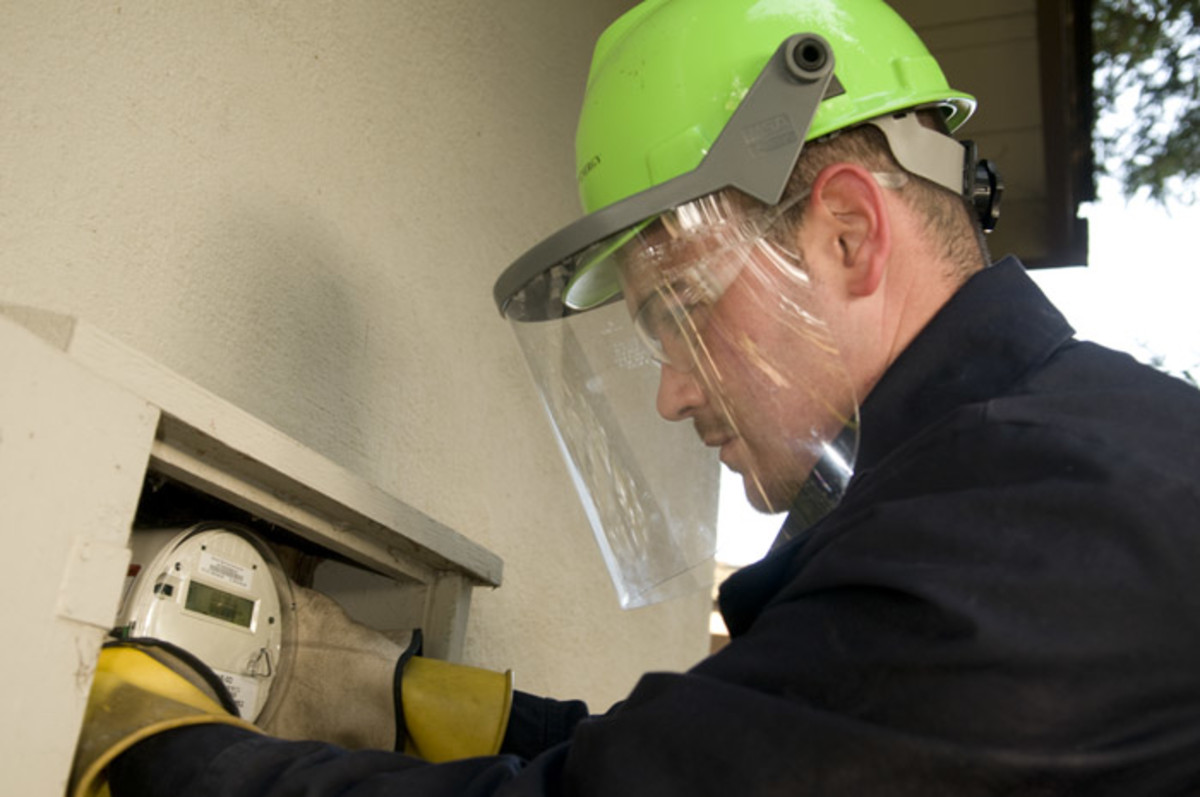Hawaii's Green Energy Program
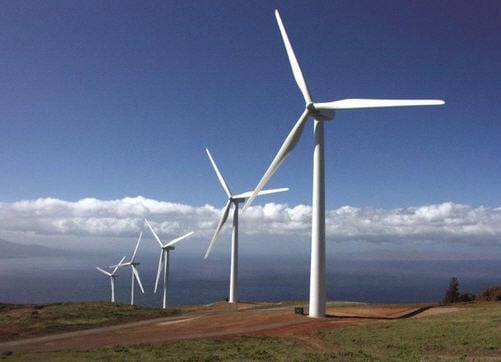
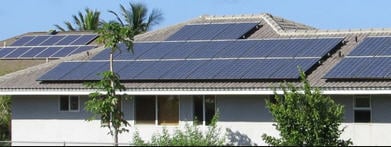
While many states receive a lot of sun that can be collected to create electricity, not all can consistently count on wind to make the same. Hawaii has both on a very frequent basis, which is attracting large Green energy companies.
On Maui, Sempra U.S. Gas & Power, owns the Auwahi Wind project at Ulupalakua Ranch. The ranch is located up the slopes of Haleakala.
They currently have the ability to make 21 megawatts cost $140 million. They are expanding the wind farm by adding 40 more wind turbines, taking the project to 120 megawatts. South Maui, which gets the most sun on the island is a hub for solar collectors and companies to help residents defray expensive costs of utilities. The project employs 180 workers and once completed sill have a staff of four full-time. Sempra leased 5,280 acres of the Ulupalakua Ranch for the expansion. The wind there blows at about 22 mph, which is situated on the southeastern part of the mountain. Their wind turbines only need 7 mph to produce energy. When operational, the 21 megawatts generated will be enough to power 10,000 Maui homes.
The state's Department of Hawaiian Home Lands (DHHL) wants to lease up to 1,400 acres to develop cheap electricity on Maui and over 50 developers have submitted their plans for review. While Maui is the main recipient of the electricity, the main island of Oahu will also be connected by a multi-million undersea cable connecting it to Maui. The excess electricity that Maui does not use will be transferred for Honolulu residents. On Lanai, Castle & Cooke Inc. is building a build a wind farm capable of producing up to 400 megawatts of energy, and again, excess electricity would be given to Oahu via an underwater cable.
Also on Maui, local towns want to create a viable solar energy programs and has identified 15 prime locations for large solar collectors. Businesses who provide the technology would be able to sell the electricity to the local electrical grid. The towns hope to have a 1 megawatt system in place to contribute to the overall total.
South Maui includes Ma'alaea, Kihei, Wailea, and Makena. Except for Makena, all these areas have miles of gorgeous white sand beaches,like Florida. Makena receives much less wind, while Ma'alaea can get particularly windy as the day progresses. Kihei is the hub of what is happening in South Maui.
Hawaii can no doubt reach its goal to be self-sufficient partially by 2030. This is important, the people on Maui, specifically, generate their own electricity via fuel generated motors and the bill each customer has comprises of 50% of the fuel costs. Imported oil to Hawaii is the reason and 76% of it is to generate electricity. The cost for electricity on Maui now is 40 cents per kWh, on Lanai- almost 50 cents and on Oahu around 33-35 cents. An average Hawaii resident using 600 kilowatt hours of electricity a month pays about $168. By comparison, mainlanders pay an average of 11.5 cents per kilowatt hour would pay $69 a month.
Hawaii's goal of obtaining 40 percent of its energy from renewable sources by 2030 has begun. Mahalo!

